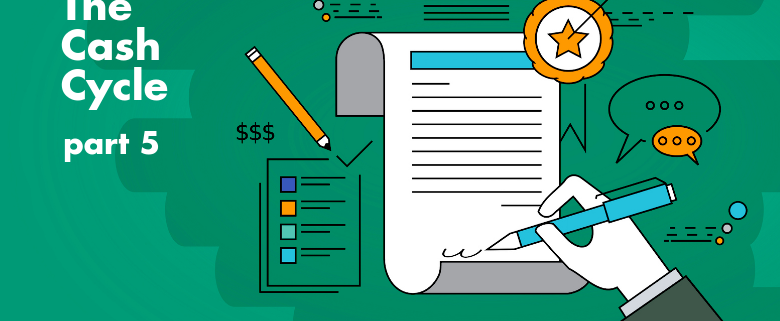Learn This Quick Way to Take Advantage of Supplier Discounts

Sometimes you’ll come across a business deal that’s too good to pass up, but the payment terms are too short, or worse yet…there are no terms.
That’s the time when working capital is crucial, and there’s a quick solution to get you the necessary capital.
For instance, if your supplier network offers a limited-time bulk sale, you can take advantage of that deal with the Purchase Financing Program (PFP). This doesn’t tie up any working capital to finance the cost of the payment, so you can keep your day-to-day operations intact.
Who is the Purchase Financing Program made for?
PFP is a very attractive solution for companies that already have a strong credit rating but may have maxed out their bank loan options, or need a faster solution.
No matter where your supplier is located, your in-transit inventory can be financed. That inventory can be goods for resale, inventory or consumption. You receive the goods, then pay the PFP invoices as agreed. It’s that simple.
The Purchase Financing Program can effectively reduce your CCC by extending your purchase terms. If you have the ability to pay in regular terms, but not the short or no terms set out by the supplier, this program can help you.
Example: How PFP can lock in a great supplier deal
Jacksons Preserves, run by Meg Jackson, is a 30-year family-run business with excellent sales, suppliers, a dedicated customer base and a strong credit rating. It is currently quarter-end when Jacksons pays out many expense and payroll bonuses, and their main supplier has just offered a deep discount on an overstock of canning supplies. The catch? Payment is required on delivery (COD), and it’s first come, first served.
Jacksons holds inventory for an average of 14 days before shipment, has a standard net-30 day payable terms, and gets paid on average after 60 days. If they take the discount, they’ll be left tight on capital after also paying the bills.
Cash Cycle Reminder:
With this bit of information, we can calculate the “cash cycle” for Jacksons Preserves, which tells you how many days it takes them to turn their inventory purchases into cash. That number (known as the CCC) is one key indicator that lenders and other financial providers use to assess your potential risk level. Want to learn more? Get all the details and figures in part one of our cash cycle series.
How PFP works in this case
Jacksons calls up their Liquid Capital partner to use the Purchase Financing Program and snag this supplier deal while it lasts. Liquid Capital pays the supplier directly, deferring Jacksons’ payables outstanding for this transaction to 30 extra days, giving them time to gain working capital from other sales.
Here’s how the cash cycle calculations would look when comparing PFP to an ordinary situation. It’s quite a dramatic improvement.
| ORIGINAL CCC | USING THE PURCHASE FINANCING PROGRAM |
| CCC = DIO – DPO + DSO | CCC = DIO – DPO + DSO |
| CCC = 14 – 0 + 60 | CCC = 14 – 30 + 60 |
| CCC = 74 days | CCC = 44 days |
Improved CCC by 30 days
In this instance, Jacksons Preserve will have an extra 30 days of breathing room to pay the expense on their supply deal. By taking advantage of the discount, their production expenses will decrease and profits will likely increase. This more than pays for their short-term financing solution.
More in the Cash Cycle Series:
Part 1: How to Determine Your Company’s “Cash Conversion Cycle”
Part 2: 7 proven cash flow tactics every CFO needs to know






